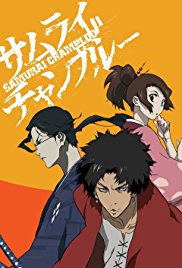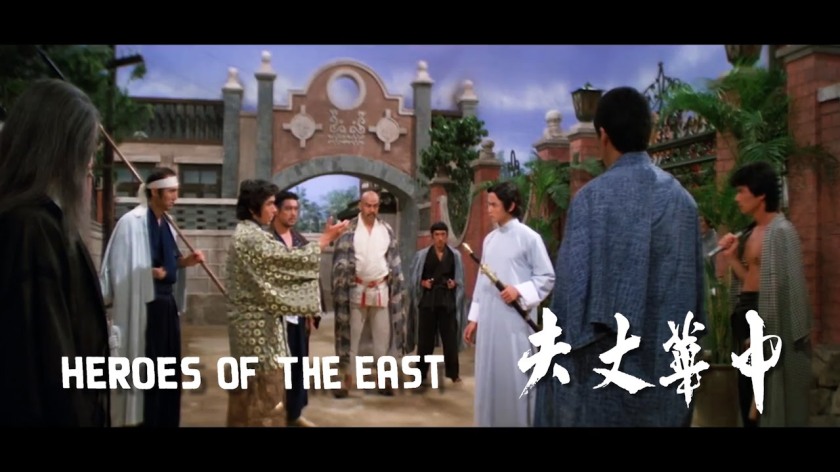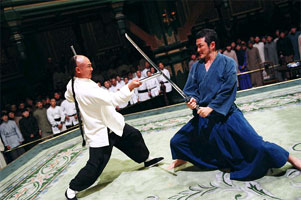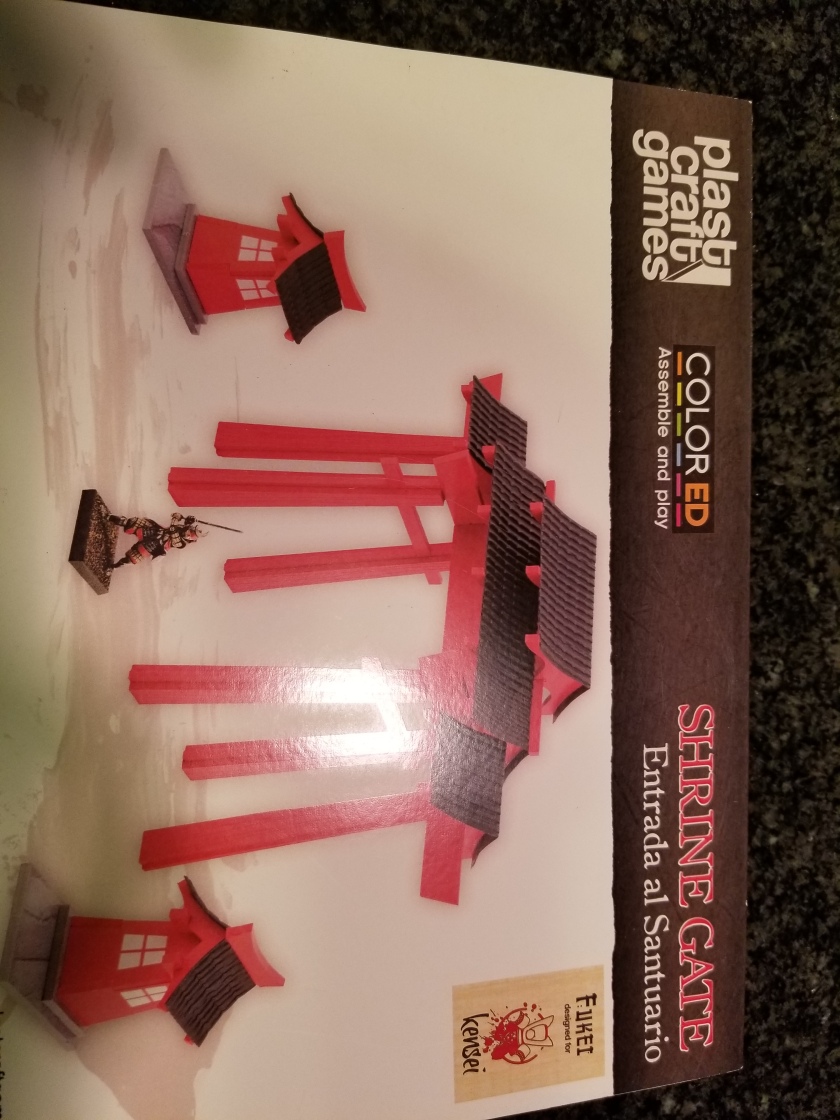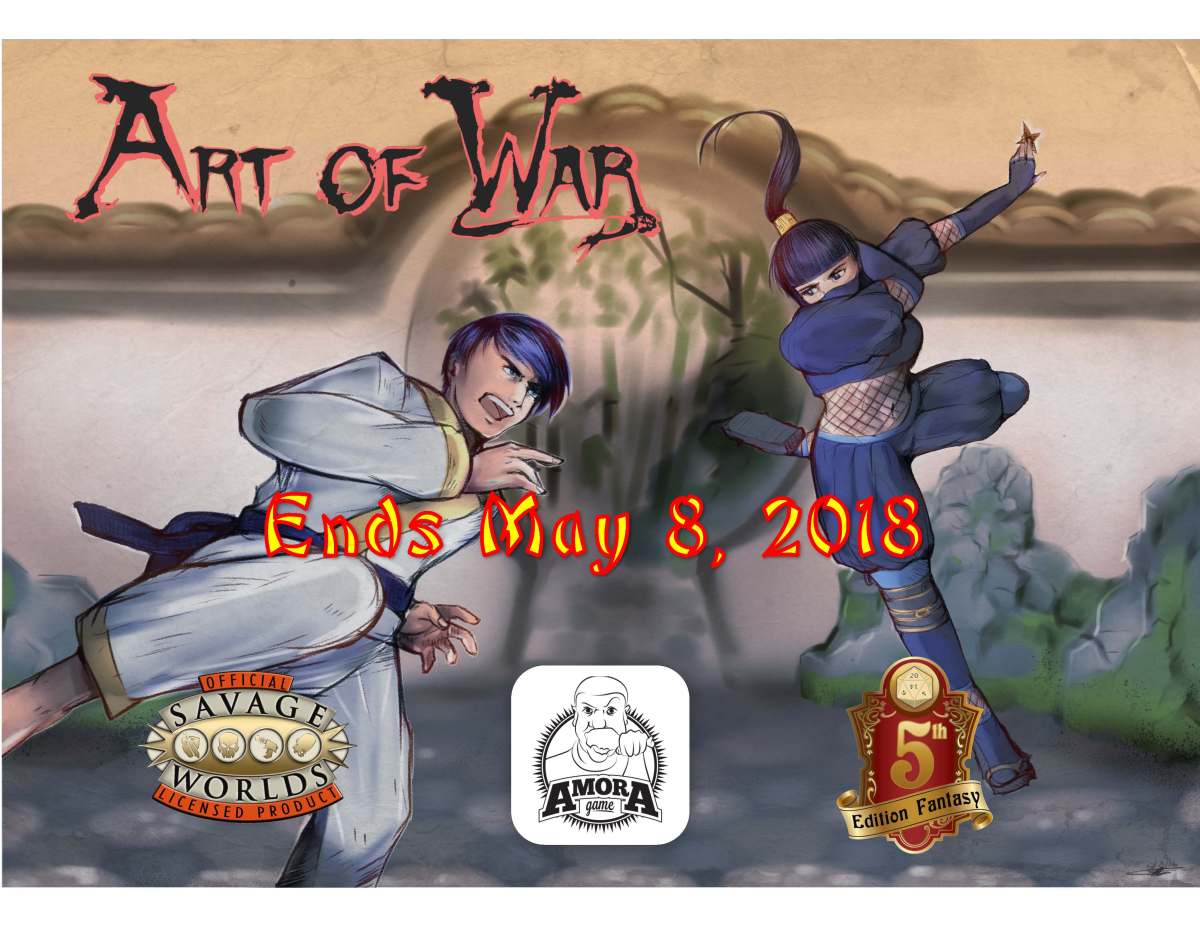Neo-Geishas are entertainers, host and hostesses skilled in classical arts such as karaoke music, cultural dance, games, and conversation to entertain high paying customers across the galaxy.
Not everyone likes the idea of a fantasy bard in space. Some of us do want a classic cyberpunk sci-fi future neo-geisha. I’m not sure it would be good for a full class, but what if we crack open an attempt at an archetype inspired by the geisha/celebrity bard archetypes from Ultimate Magic.
Neo-Geisha
Great traditions never truly die, but adapt and evolve to become sacred practices performed by those seen as exotic. Neo-Geishas are entertainers, host and hostesses skilled in classical arts such as karaoke music, cultural dance, games, and conversation to entertain high paying customers across the galaxy. You might be a practitioner capable of swaying tense social situations with laughter, or distracting an elite customer as a crew slips in the back. You could be traveling the Quad to act on behalf of or as a companion to ambassadors, or as part of a cultural learning experience to expand your talents. And as always, to share the perfectly brewed cup of tea.
Alternate Class Features
The neo-geisha grants alternate class features at 2nd, 4th, 6th (optional), 9th, and 12th levels.
Tea Ceremony (Ex) 2nd Level
You gain Profession (neo-geisha) as a class skill and the first thing you learned in your training was the art of making and serving tea to set your customers at ease. By spending 30 minutes preparing and performing an elaborate tea ceremony, you put all participates at ease. You gain a +1 to Culture and Diplomacy skill check rolls for the next hour while interacting with them, so long as you have at least 1 Resolve Point remaining. At 6th, 10th, 14th, and 18th level, when you perform a tea ceremony this bonus increases by +1.
For those attendees that have participated in your tea ceremony receive an additional calming benefit. They are relaxed and more ready to face oncoming fears. For the next 24 hours, until they perform a rest or a full 8 hours, a participant may spend a Resolve Point to reroll a failed save against being freighted and fear effect.
Eye Contact (Ex) 4th Level
Neo Geishas must be alluring in order to hold a patron’s attention. Some do this with dance, karaoke, or with just a smile, but the secret is all in the eyes. You choose one opponent capable of seeing you and lock gazes, hypnotizing them with your presence. As a move or standard action, you attempt a diversion roll, using your Bluff skill opposed by a Sense Motive check of the creature. If done as a standard action, you gain a +2 bonus to your Bluff check. If successful, the creature gains the fascinated condition. A fascinated creature stands or sits quietly, taking no actions other than to pay attention to your gaze. So long as you maintain eye contact and in unobstructed view of the creature, they will turn to stay focused on you, even adjusting to see you if someone passes between the two of you.
While fascinated, it takes a –4 penalty to skill checks made passively in response to others’ actions, such as Perception checks. Any potential threat, such as a hostile creature approaching, grants them a Will saving throw (DC 10 + half your class level + your key ability score modifier). Any obvious threat, such as someone drawing a weapon, casting a spell, or aiming a ranged weapon at them, automatically ends this effect.
You can continue to maintain eye contact as a swift action on following rounds, but the fascinated creature is granted a Will save to resist. If they are successful, you may spend 1 Resolve Point to keep them under the effects of being fascinated by forcing them to reroll. If you become unconscious, dying or dead, or something causes you to break your gaze (such as being tripped), the effect ends immediately.
Gather Crowd (Ex) 6th Level (optional)
A neo-geisha can be skilled at drawing a crowd or an individual’s attention when performing. If you are in a populated area, you can call out, sing or otherwise draw attention to yourself and your actions. To gather a crowd, you make a Profession check that corresponds with your performance. Over the course 1d10 rounds, a crowd will begin to gather. Of course, the size of the crowd depends on the local population, but on average, a number of people equal to 1/2 your class level × the result of your Profession check. So long as you engage with the crowd, they will remain watching you. Should you fail to interact with them or end your performance, it disperses over the next 1d10 rounds.
Soul Focus (Ex) 9th Level
You have learned to be enthralling when maintaining eye contact so thoroughly that even the presence of danger does not distract your target. When fascinated by eye contact, a target making a Will save to break the effect because of a potential threat takes a –4 penalty on that save, and even obvious threats (such as coming directly from you) require a save rather than automatically breaking the effect. A target affected by the eye contact ability ignores the shaken condition.
Charmer (Sp) 12th Level
A neo-geisha of this level of mastery brings forth a feverish allure over multiple patrons as if you had a psychic control. Once per day, you can cast a spell from the following list as a spell-like ability: charm person, charm monster, command and command, greater. At 13th level, you can use this ability twice per day, and at 17th level, you can use this ability three times per day. The save DC of these spells is equal to 10 + the spell level + your key ability score modifier.
See! Perfect for your Icon themes. That’s it for me for now. I will probably add this to a Xeno File in the future.
~Tentacle Out!
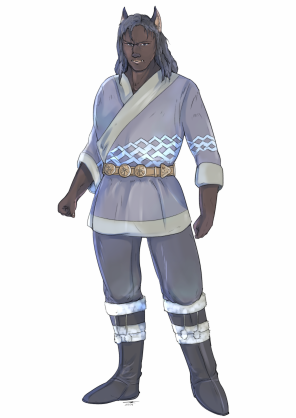 Splitting River
Splitting River

